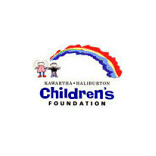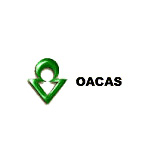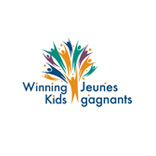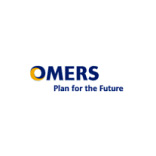National Aboriginal Day is held annually on June 21st. This date was chosen in cooperation by the Canadian government and Aboriginal representatives because it was on or near the June solstice, traditionally a time when many generations of Aboriginal people have celebrated their culture and heritage. National Aboriginal Day was first proclaimed in 1996.
In light of National Aboriginal Day, we recommit to support and collaborate with our Aboriginal communities in bettering the health, well-being and life chance of Aboriginal children in Ontario. As of March 31, 2015, approximately 9% of children and youth in the care of KHCAS (including those on ECM) have aboriginal heritage.
At the Kawartha-Haliburton Children’s Aid Society (KHCAS), we work with Hiawatha First Nation and Curve Lake First Nation to ensure that the unique needs of those communities are met. The work of this Society (as well as that of the Children’s Aid Societies of Highland Shores, Durham, York, Simcoe and Muskoka), is guided by the Protocol Concerning the Delivery of Child and Family Services between The Chippewa First Nations of Beausoleil and Georgina Island, The Mississauga First Nations of Alderville, Curve Lake, Scugog Island and Hiawatha and The Pottawatomi First Nation of Moose Deer Point and the five CASs listed above.
This is a day when we can all join in recognizing the unique heritage, culture and outstanding achievements of First Nations, Inuit and Métis people.
Did you know?
The Canadian Constitution recognizes three groups of Aboriginal peoples: First Nations, Inuit and Métis. Although these groups share many similarities, they each have their own distinct heritage, language, cultural practices and spiritual beliefs.
As of the 2011 census, Aboriginal peoples in Canada totaled 1,400,685 people, or 4.3% of the nationalpopulation, spread over 600 recognized First Nations governments or bands.
Canada’s Aboriginal population is growing faster than the general population, increasing by 20.1% from 2001 to 2006.
Out of the three Aboriginal groups, Métis had the largest population growth, with an increase of 33.3% between 2001 and 2006.
Fifty distinct Aboriginal languages are still spoken, some fluently, some in decline, in Canada. Each of those languages is a repository for unique histories, cultural practices and spiritual beliefs, political and social systems and cultural and spiritual practices.




